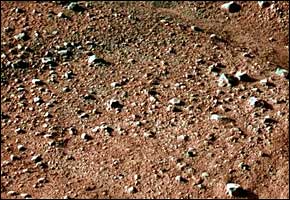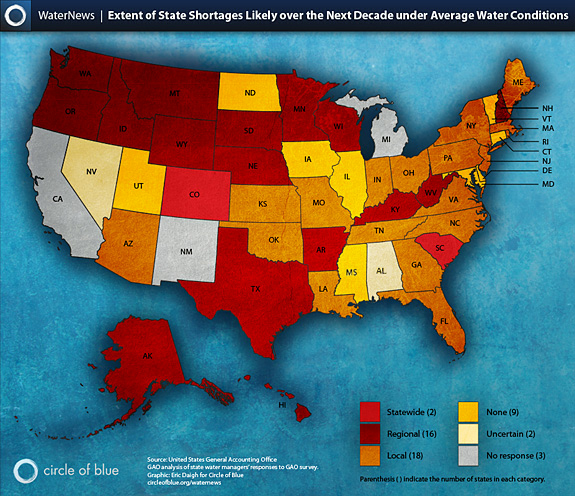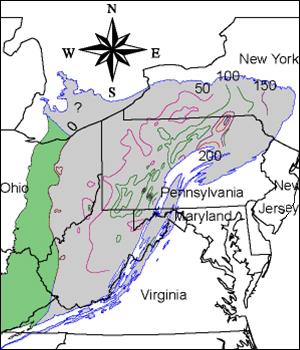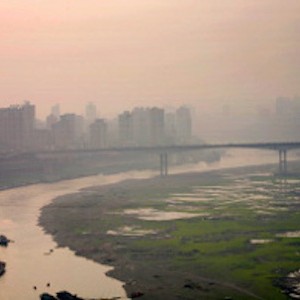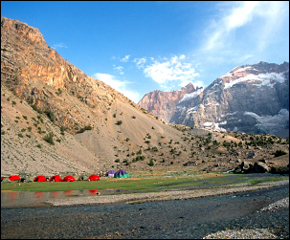Peter Gleick: Prepare Now for Another Dry Year
The western United States is still in a drought. If you have any doubts, take a look at the latest map from the U.S. Drought Monitor. Maybe we’ll be lucky and the rains will start soon and be healthy. But California water agencies and users must begin planning for another dry year.
Water Number: 5%. Yesterday the California Department of Water Resources released its first water supply projection for 2010, telling State Water Project customers that they may get as little as 5% of their requested supply. This is a stunning number but it is grossly misunderstood by the media and the public, misused by narrow water interests in the state, and likely to be raised as the rainy season progresses.
First, it does NOT mean that all water users get only 5% of the water they need. Water users get water from a wide diversity of places, including state, federal, and local sources. The State system provides water to around 750,000 acres (of California’s nearly 9 million acres of farmland) and to over 20 million urban users. When one source is low, such as deliveries from state surface systems, other sources are used to try to make up at least part of the difference.
Second, State Water Project customers always request more water than can be delivered. For 2010, SWP customers have asked for over 4.1 million acre-feet — the maximum contractual amount. But we now know that in average years (much less drought years) even 4 million acre-feet is more than the system can provide without destroying ecosystems. And the current water situation, in addition to causing hardship for farmers and cities, is destroying our ecosystems. All four Delta pelagic fish species are at their lowest-ever population levels. Lowest ever. One of the most serious flaws in the state’s water system is the fact that our water systems are all over-allocated. Water agencies promised to give away more water than we actually have, and so people get upset. But we must now admit that expectations are unreasonable.
Third, the first projection by the CDWR almost always moves upward as the rainy season progresses. As the CDWR itself says, “actual deliveries are expected to increase during the year once actual hydrologic and water supply conditions are known.” If no more rain falls, 5% may be close to accurate. If lots of rain falls in the next few months, 5% could end up being 60%, or 70%, or 80%, or more. Last year (the third year of a drought), state agencies initially projected that 15% would be available and it went up to 40% with a few late season storms.
Finally, we are still in a drought. Even a wet year is unlikely to refill our reservoirs and recharge our aquifers. We hope the drought is temporary. But we must plan for it being long-term. And that means rethinking how we allocate water by reducing what the state promises; rethinking how we use water by becoming more efficient and less wasteful; and rethinking how we manage water by enforcing water rights, monitoring water use, and using smarter economics to price water properly. Perhaps the only good news is that all of these options are possible, if we act together and quickly.
Peter Gleick
Dr. Gleick’s blog posts are provided in cooperation with the SFGate. Previous posts can be found here.


